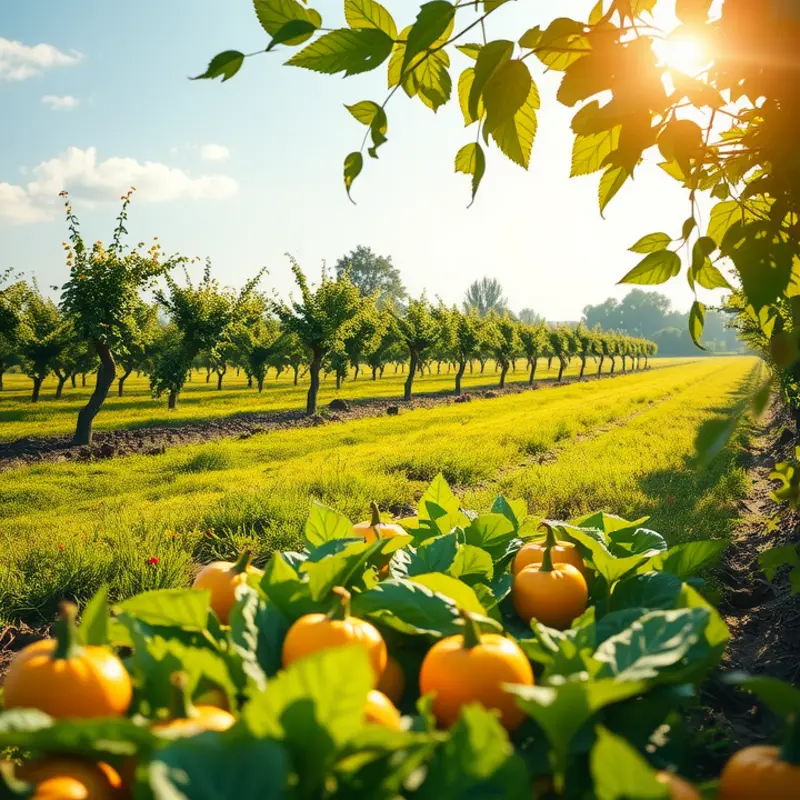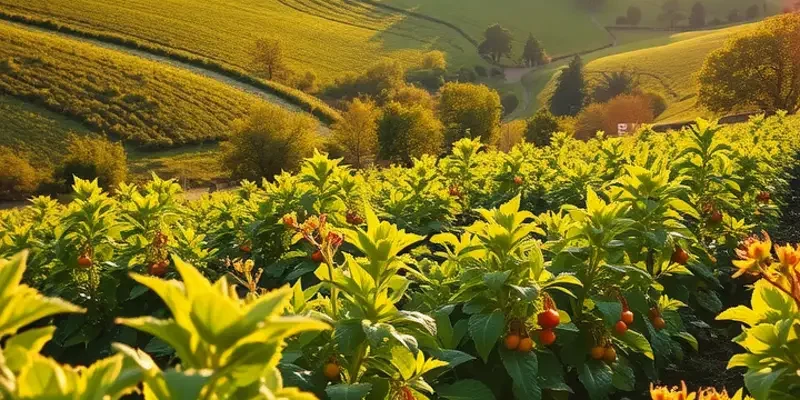Rainforests are often called the lungs of our planet, but they also house vibrant culinary traditions that are rich in flavors, histories, and sustainable practices. These lush ecosystems are home to diverse cultures who nurture their food sources and honor their land. From indigenous recipes rooted in ancient practices to contemporary culinary innovations, the rainforest offers a bounty of unique ingredients and cooking methods that excite food enthusiasts and culturally curious souls alike. Let’s embark on a journey through the rainforest’s culinary landscape, exploring gastronomic delights and the cultural stories behind them.
Sacred Ingredients: The Heart of Rainforest Cuisine

In the dense tapestry of the rainforest, each leaf, fruit, and root serves not only as sustenance but as a testament to the ecosystem’s resilience. Indigenous communities have long relied on the bountiful flora found within these lush landscapes, turning what seems wild and untamed into savory staples of their diets.
At the heart of rainforest cuisine are ingredients like cassava, a starchy root rich in carbohydrates and dietary fiber. It’s meticulously processed to remove toxins, transforming it into flour or chewy tapioca pearls. This labor-intense preparation allows communities to enjoy a sustainable carbohydrate source year-round.
Another quintessential component is the açaí berry, renowned for its deep, rich hue and vibrant flavor. Often harvested from towering palm trees, açaí provides vital nutrients like antioxidants, which are integral to health in these humid environments. Blended into smoothies or served with granola, açaí showcases how indigenous populations balance taste with nutrition.
Fruits such as the cupuaçu, with its creamy, chocolate-like pulp, introduce unique flavors that enrich local dishes. Its cultivation demonstrates the biodiversity critical to the rainforest’s survival. Although cultivation requires respectful harvesting practices, the fruit supports both local economies and the ecosystem when managed sustainably.
In addition, the rainforest provides sacred plants like ayahuasca and guayusa, which play roles beyond mere nutrition. These plants are central to spiritual and social rituals, highlighting the deep-set cultural connections between people and the natural world.
Biodiversity underpins rainforest cuisine, offering an unparalleled variety of flavors and textures. This abundance results from careful agroforestry practices that mimic natural ecosystems. Such methods minimize environmental impact while maximizing crop yield, a testament to the harmonious relationship between humans and the wild.
Gathering practices also demonstrate sustainability. The Waorani people, for instance, gather fruits and nuts using rotational harvesting, which ensures minimal disturbance to the plant’s growth cycle. This practice allows ecosystems to flourish while providing continuous food sources.
These traditional methods and ingredients reveal a complex network of culinary customs rooted in ancient wisdom. Carefully observing climate and animal signals, communities know precisely when to harvest or rotate crops, ensuring nature’s balance remains unaltered.
Rainforest cuisine invites us to savor not only exotic tastes but also the wisdom and respect for the environment. Communities painstakingly preserve their intricate knowledge of native plants, passing down recipes and practices through generations. The variety available in these lush environments, from sweet to savory, owes its richness to a sustainable approach that prioritizes biodiversity.
Exploring these sacred ingredients allows for a deeper appreciation of how profoundly interconnected life is within the rainforest. This appreciation bears promise not only for maintaining biodiversity but also for fostering global culinary exploration that values sustainability.
For those interested in exploring flavors while respecting environmental sustainability, consider practical ingredients when planning meals. For more ideas, you may explore this guide on eco-smart kitchen storage.
Culinary Rituals: Traditional Cooking Practices

In the lush rainforests, culinary rituals are a vibrant testament to cultural identity. Traditional cooking practices serve as a mirror reflecting the close-knit nature of these communities. Central to rainforest cooking is the concept of communal preparation and consumption. Meals are often a social affair, bringing together families and neighbors to share in the labor and joy of eating.
Communal cooking methods are a cornerstone of these traditions. Families gather around large pots bubbling over open fires, a scene as filled with warmth as it is with aroma. In many tribes, the preparation of meals is a communal task shared by both men and women, emphasizing equality and cooperation.
Ceremonial feasts hold special significance, marking important events in the social calendar. These occasions are steeped in ritual, from the selection of ingredients to the methods employed in cooking. For example, the pit oven, or “imu” in some rainforest cultures, is used for slow-cooking meats, vegetables, and roots. The method preserves natural flavors while imbuing the food with a unique smoky character. Aromatic leaves and herbs are added for extra depth in flavor, highlighting a deep understanding of available plant life.
Exploring further, traditional techniques such as smoking and fermenting play pivotal roles in the creation of distinct rainforest flavors. Smoking, often applied to fish and meats, not only prolongs shelf life but also enhances taste, providing an earthy richness. Fermentation, on the other hand, is crucial for delicacies like cassava and fermented drinks, offering a tangy taste layered with complexity.
These practices are more than culinary art; they support biodiversity. By relying on indigenous ingredients, communities ensure these species thrive. Sustainable harvesting methods, often handed down through generations, promote forest health. In this way, food practices contribute to the conservation of the ecosystem itself.
Moreover, such practices foster social bonds. The act of cooking together serves as a storytelling medium, where myths, histories, and wisdom are shared across generations. Through the rhythmic stir of pots and the gentle hum of conversation, these rituals reinforce a sense of belonging and unity.
For those interested in adjusting their culinary habits in harmony with nature, exploring the broader principles of mindful and sustainable eating can be a rewarding venture. Resources like this eco-smart kitchen storage guide provide insights into reducing waste and making eco-friendly choices.
Each meal prepared in the rainforest is a culmination of history, identity, and survival strategies. By understanding these culinary rituals, one gains insight into the resilient spirit and interconnectedness of rainforest cultures.
Final words
The culinary traditions of rainforests are more than just a collection of flavors; they embody the rich tapestry of culture, history, and sustainable practices rooted in these incredible ecosystems. Each bite tells a story of connection – not only to the land but also to the communities that cultivate and cherish it. By exploring the diverse culinary landscapes of rainforests, we engage with the broader conversation about food sustainability and cultural respect. As food enthusiasts and culturally curious readers, embracing these traditions opens the door to a deeper appreciation for the planet’s biodiversity and the people who honor it through their culinary heritage.








